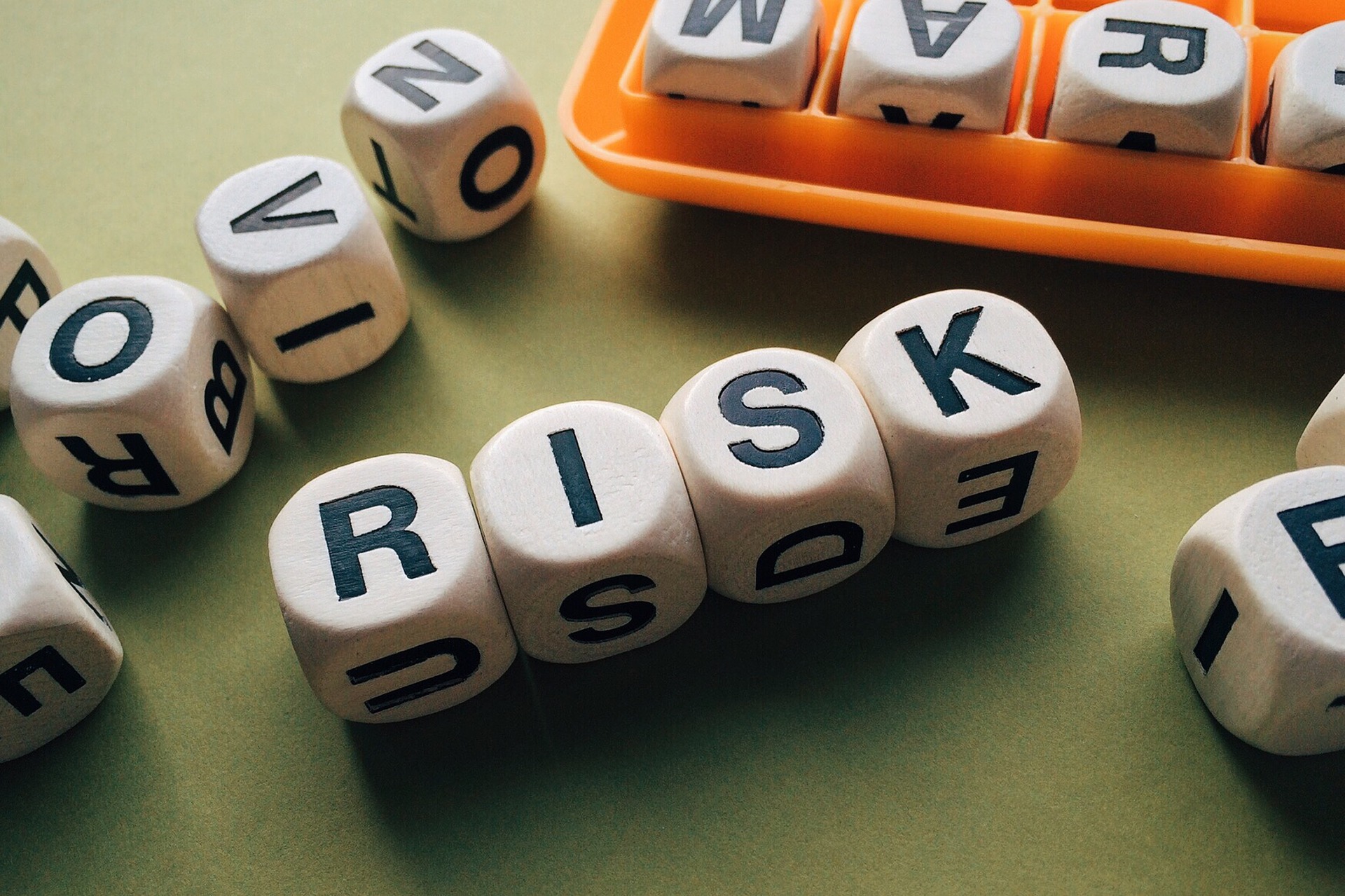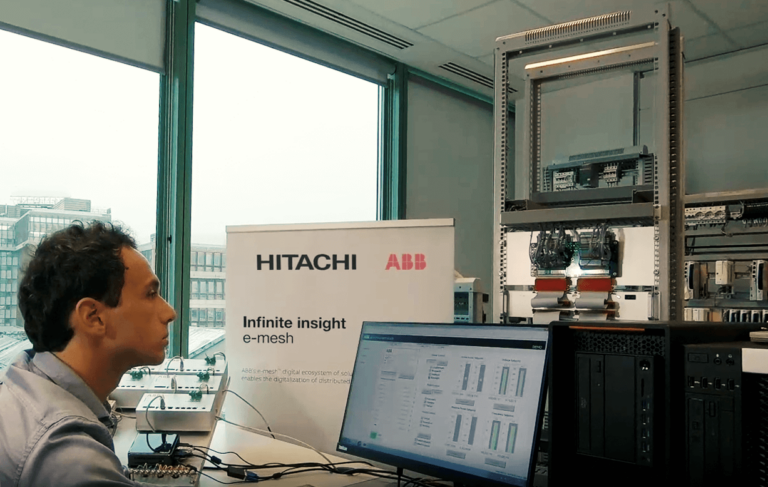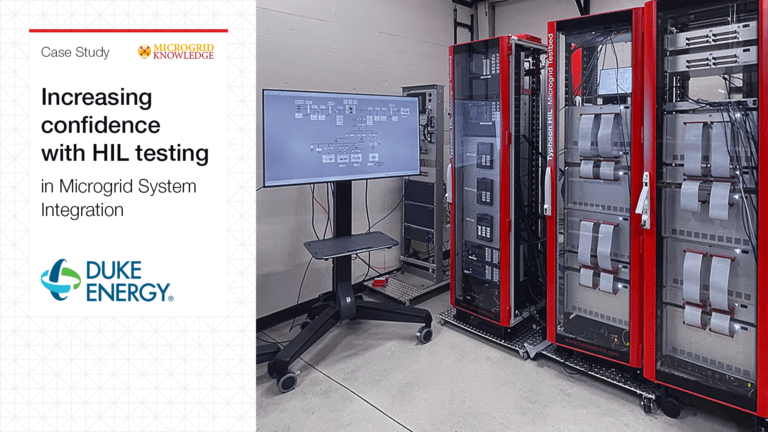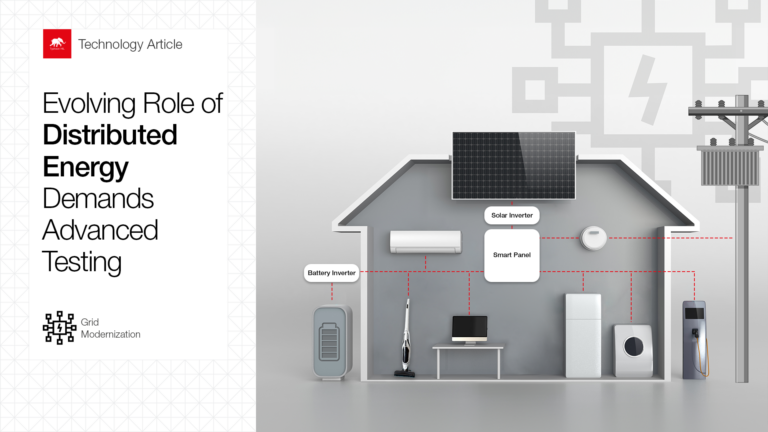What is resilience?
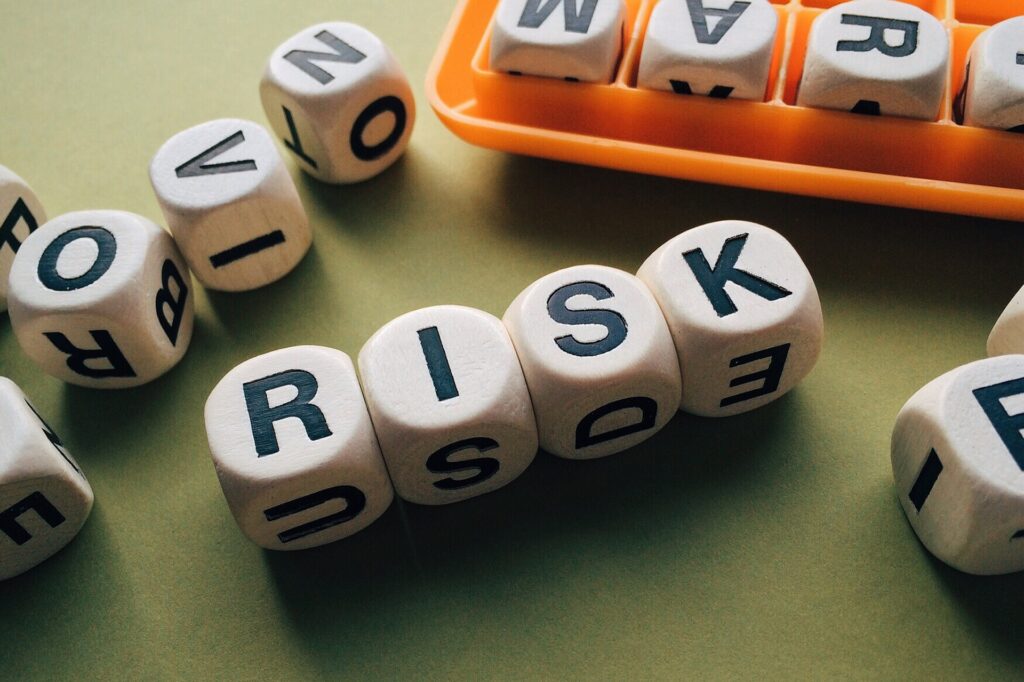
Resilience is a new way of dealing with the unknown. Modern society has come to believe that we can rise above risk by using historical data and design analyses to quantify probabilities and consequences and calculating an acceptable gamble on targeted risk mitigation measures. Resilience is our capacity to survive and thrive in the face of change and uncertainty – accepting the fact that we cannot always predict the future. Resilience thinking challenges us to overcome the limitations of traditional risk management methods by focusing on the outcomes that are important to us, such as health and welfare. An important difference is that we must come up with ways to enable our systems, communities, and businesses to deal with changing conditions or things that we might not have known in advance without falling apart – not only by protecting them from change but by cultivating flexibility and a propensity to learn and adapt to changing conditions.
What is the connection between resilience and energy systems?

Many of the things that are important in our lives relate to energy: our ability to survive, to make a living, to raise kids, and to educate people, for example. In fact, the value of energy – and energy-dependent enablers like communication and transportation – stem from their contribution to such human outcomes. Lighting allows for social interaction and education; transportation and communications are essential to commerce or recreation; food preparation and home heating use heat. The first important lesson is to understand the different ways that energy helps us. We need energy to be available at the right time and place to get to work; reliability is critical while watching the championship game or making an ATM transaction; inevitably, we want our phones to be compact and long-lasting. Next, we must find ways to build flexibility and adaptability into the overall system rather than just streamlining and protecting how things work under normal conditions. Office cubicles allow for shared heating, cooling, and power circuits, traditional thinking leads us to install backup power systems based on the perceived likelihood and expected consequences of a power outage. Telecommuting is a more creative measure that introduces flexibility into our work processes that can help mitigate lost commuting time and severe weather impacts. Resilience calls us to do both: to prepare for things we can anticipate and be ready for things we can’t. Then, we need to learn and adapt over time.
How do we design for resilience?

The best way to create a resilient energy system may not be just to protect things the way they are designed. A better approach usually is to build in flexibility – the more the better. Backup generators may provide power when the grid goes down, but a local biomass source can be even more flexible as it may depend less upon transportation. A plug-in hybrid vehicle can use gasoline or grid power, and your phone charger works anywhere in the world, as long as you have a plug adapter. Being able to adapt can help you to be more productive in everyday situations, and it can be particularly useful when you encounter something you didn’t anticipate. Resilience and adaptation apply not only to near-term but also to long-term change. Surviving a monster snowstorm is not fundamentally different than adapting to changing weather patterns. You need to prioritize, be proactive, and be creative – and the less dependent you are on a single way of doing things, the more likely you are to succeed. The ability to adapt continuously and easily is an important attribute of resilience that doesn’t always show up in our traditional ways of thinking about design.
Can distributed controls contribute to system resilience?
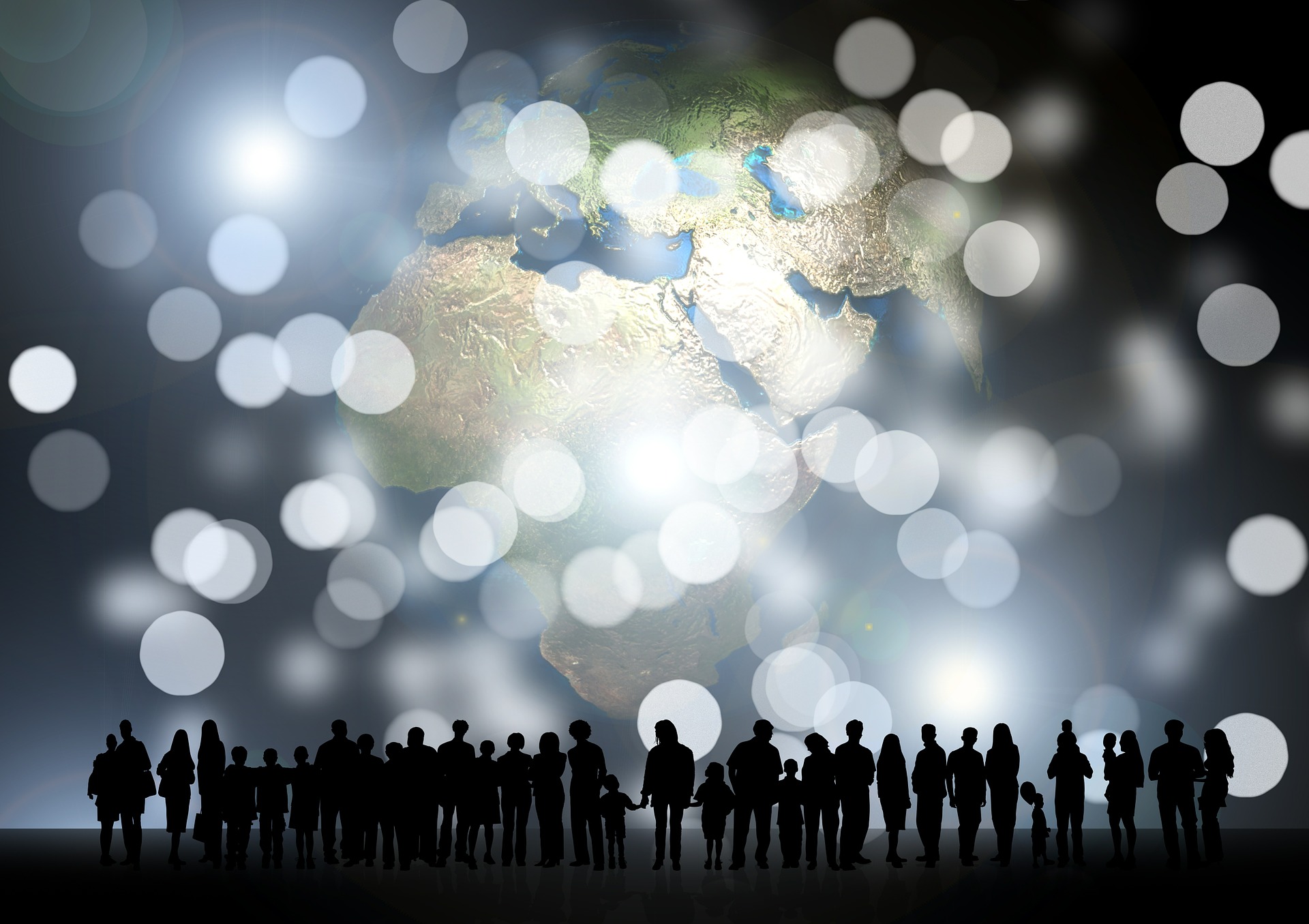
One theme we have a hard time letting go of in energy system design has been that of centralized control. Twenty-first-century microgrids at least get us to think about smaller power networks that may take into consideration more needs than just the cost of delivered power. Increasingly, this includes evolving “smart” technologies that make the system more responsive and reliable. Still, we tend to apply the same basic ideas of utility (and larger) scale systems where a centralized operator (human and/or machine) makes decisions about resource allocation, operating adjustments, and corrective actions based on the information they have available. The issue here is that resilient systems must be able to function under degraded conditions, even when some part of the system is damaged or destroyed. Microgrids collapse if the system controller has to reboot, or if communications are disrupted. Alternatively, if you distribute the ability to control and to respond to things and even to come up with new ideas and different ways to operate, then the people who are dealing with real needs and situations can learn and adapt new capabilities leading to greater resilience. In fact, microgrids could be the perfect incubator in which to evolve decentralized control concepts that provide greater flexibility and tolerate changing conditions – all of which might be expanded to larger-scale networks. This is a fundamental theme when we think about resilience: to consider moving from centralized control and management to methodologies that allow more decentralized, cooperative action. Not only does this improve our ability to respond to local needs and conditions, but it also allows us to enlist the creative juices and entrepreneurship of diverse thinkers and actors. Crowdsourcing is a great way to build resilience!
Credits
Author | Paul Roege
Visuals | Typhoon HIL
Editor | Debora Santo
